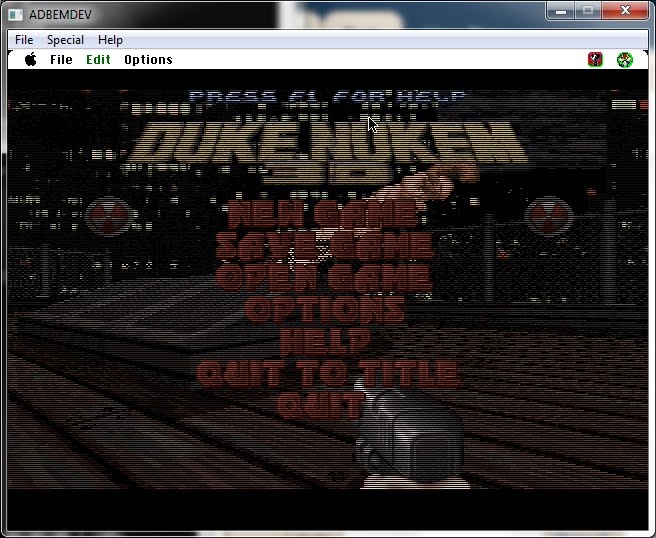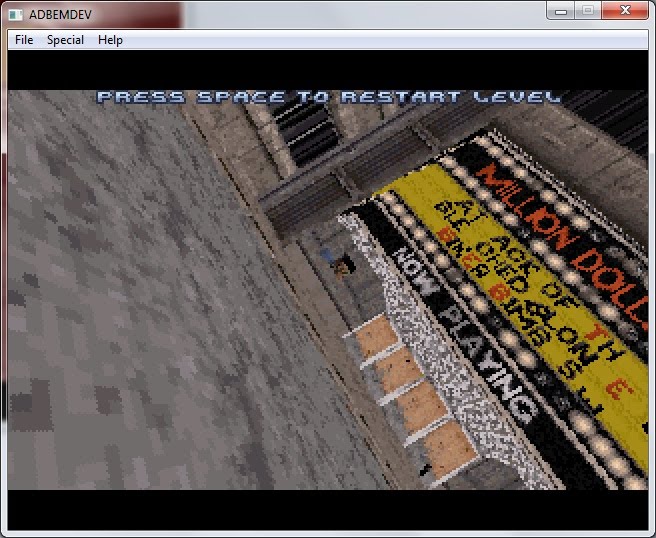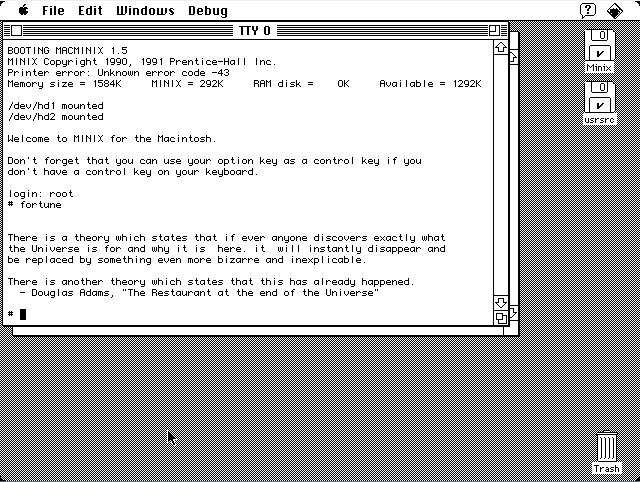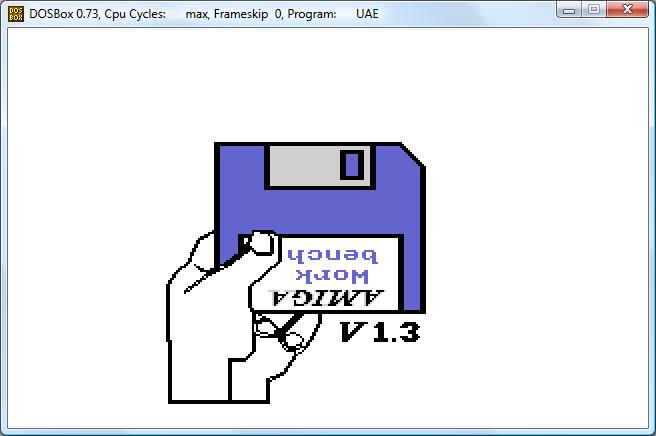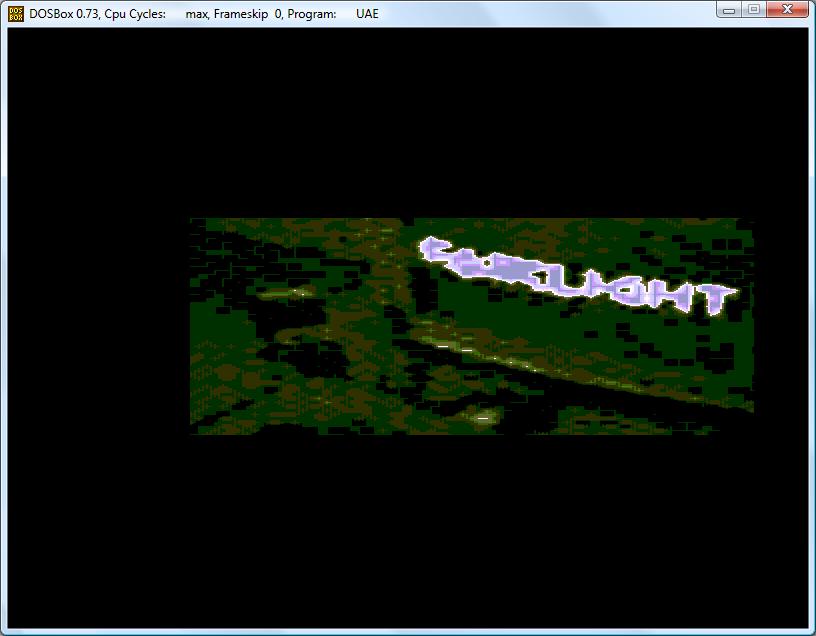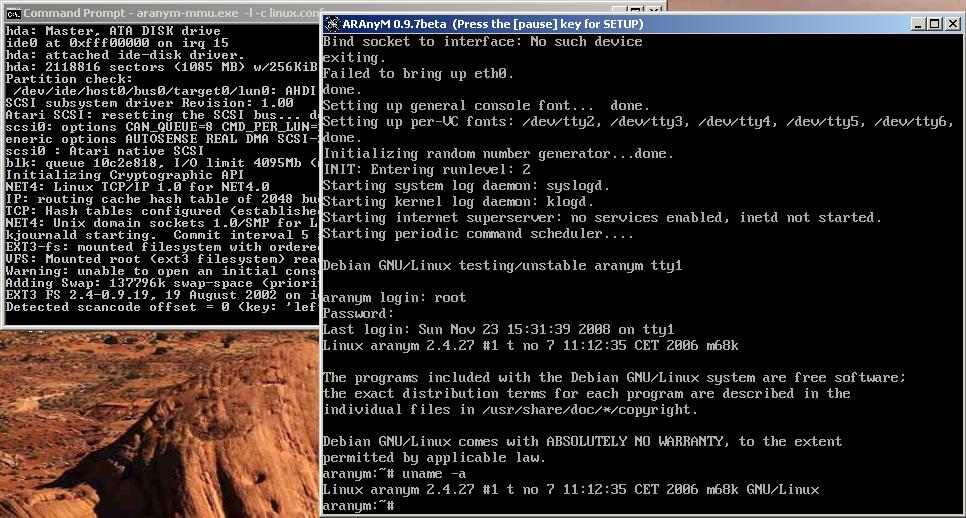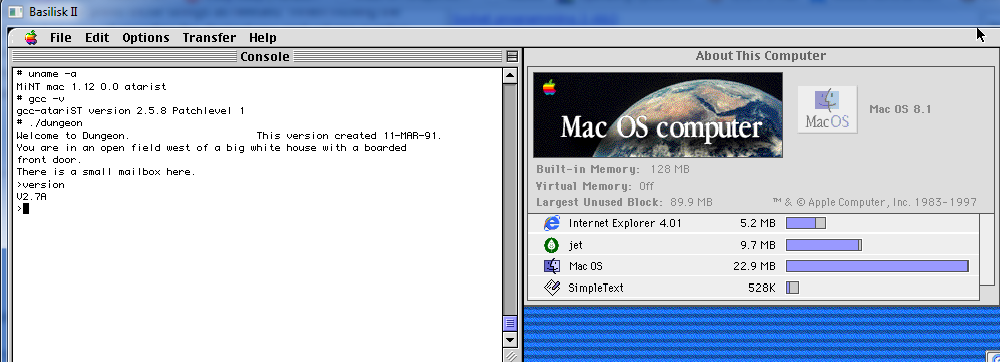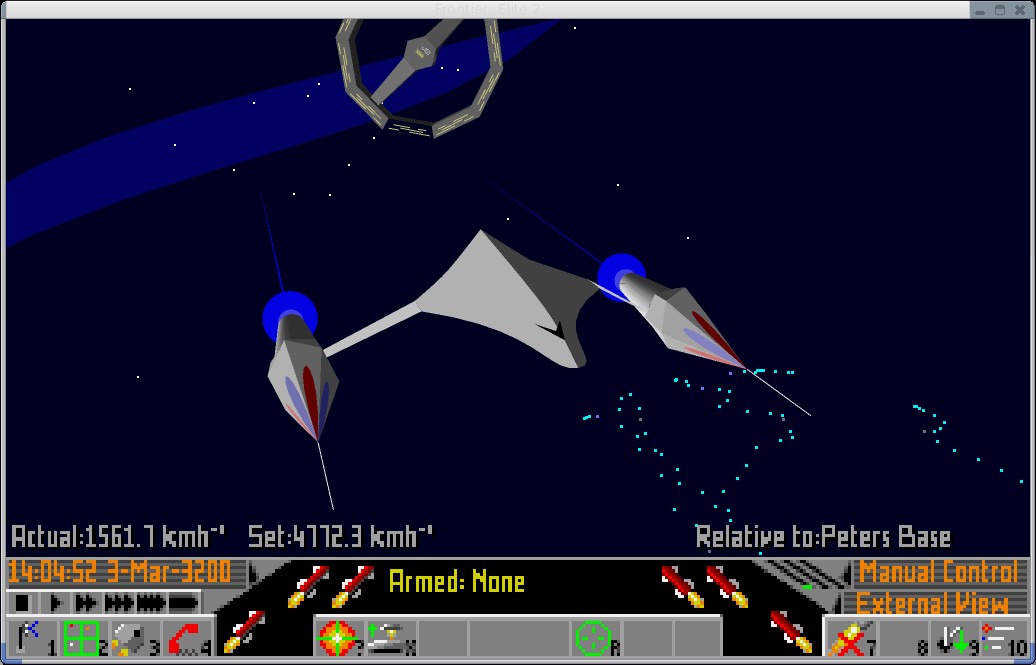Easy68k
I know this is a little weird to follow, but I thought it was somewhat interesting. Anyways I’ve been reading up on some CP/M stuff, and found some interesting m68k stuff. There is this really cool m68k simulator/test environment called easy68k. Ok so the 68000 isn’t exactly the hottest chip, but for anyone that’s used a Mac, Amiga, Atari ST, SEGA Genesis, or old SUN the m68000 was the end all be all CPU. Anyways you can download the easy68k simulator from here:
http://www.easy68k.com/
Now I’ve never been really all that good with assembly. I know one day I should learn, but until then, there is higher level languages, and of course the best ‘medium’ level language C. Back in the day the ‘sozobon’ compiler was somewhat portable, and a good & easy 16 bit C compiler. Now as far as I know there really hasn’t been any activity on this since 1991, so it’s getting hard to find, and of course the archived copies I found needed LZH.. You can find some archived copies here:
http://umich.edu/~archive/atari/Languages/Sozo2/
Since I didn’t want to go thru a big ordeal, I found an extracted copy of the sources here:
http://cd.textfiles.com/crawlycrypt1/program/compiler/sozobon/
Building the sozobon compiler
Using wget I pulled down the source code. It’s worth noting that unlike GCC this is SMALL… although it only targets the 68000 cpu. The only source that I’m using is the actual C compiler. I suppose if I were better I could map the simulator, and setup the assembler & linker to target the environment all the way… However for now I’m just interested in showing the relationship between a compiler, to the assembler. Now the source is old enough that it uses the reserved word inline in gunk.c I simply changed it to Xinline. I’ve attached a diff for those who like diff’s however as you can see it’s really simple, I just renamed them, so they don’t conflict.
--- gunk.c Fri Feb 22 05:33:34 1991
+++ gunk-fix.c Mon Mar 9 14:35:33 2009
@@ -37,7 +37,7 @@
int (rewri)(); / rewrite function */
};
-int m_unfold(), unfold(), m_cast(), cast(), m_inline(), inline();
+int m_unfold(), unfold(), m_cast(), cast(), m_inline(), Xinline();
int m_hardas(), hardas(), m_fcmp(), fcmp(), m_md_shf(), md_shf();
int m_eident(), eident(), m_incdec(), incdec(), m_fldas(), fldas();
@@ -48,7 +48,7 @@
{m_eident, eident},
{m_incdec, incdec},
{m_hardas, hardas},
- {m_inline, inline}, /* must cast before inline /
+ {m_inline, Xinline}, / must cast before inline */
{m_fcmp, fcmp},
{m_fldas, fldas},
{0}
@@ -424,7 +424,7 @@
return 0;
}
-inline(np)
+Xinline(np)
NODEP np;
{
register NODEP nmp, cmap;
@@ -782,7 +782,7 @@
register NODEP tp;
spar1 = "%fpcmp";
- inline(np);
+ Xinline(np);
tp = copyone(np);
tp->n_left = np->n_left;
Now with that out of the way, you should be able to build with the make.unx
% make -f make.unx
gcc -DUNIX -O -c d2.c
gcc -DUNIX -O -c decl.c
gcc -DUNIX -O -c expr.c
gcc -DUNIX -O -c fix.c
gcc -DUNIX -O -c fun.c
gcc -DUNIX -O -c g2.c
gcc -DUNIX -O -c gen.c
gcc -DUNIX -O -c gsub.c
gcc -DUNIX -O -c gunk.c
gcc -DUNIX -O -c main.c
main.c:424: warning: 'optnl' was declared implicitly 'extern' and later 'static'
main.c:417: warning: previous declaration of 'optnl'
gcc -DUNIX -O -c md.c
gcc -DUNIX -O -c nodes.c
gcc -DUNIX -O -c out_st.c
gcc -DUNIX -O -c p2.c
gcc -DUNIX -O -c pre.c
gcc -DUNIX -O -c tok.c
gcc -DUNIX -O -c subs_c.c
gcc -o xhcc d2.o decl.o expr.o fix.o fun.o g2.o gen.o gsub.o gunk.o main.o md.o nodes.o out_st.o p2.o pre.o tok.o subs_c.o
Writing hello world!
OK, with the compiler built, let’s write a simple C program. I’ve setup a simple main, and calls to a ‘putc’ and an ‘exit’ that currently don’t do anything. We will have to fix that in the assembly source.. but for now it’s nice as it sets up a place holder.
char MESSAGE[]="this is a message";
void putc(c)
char *c;
{
}
void exit()
{}
void main()
{
int j;
j=0;
putc(MESSAGE);
exit();
}
Now we can compile the source file (x.c) and use the -S flag, so it only outputs an assembly source, that we can then massage to work with easy68k.
% ./xhcc -S x.c ; cat x.s
.data
.globl _MESSAGE
_MESSAGE:
.dc.b $74,$68,$69,$73,$20,$69,$73,$20,$61,$20,$6d
.dc.b $65,$73,$73,$61,$67,$65
.dc.b 0
.text
.globl _putc
_putc:
bra L1
L0:
;var 4 8 _c
L2:
unlk a6
rts
L1:
link a6,#-0
bra L0
.globl _exit
_exit:
bra L4
L3:
L5:
unlk a6
rts
L4:
link a6,#-0
bra L3
.globl _main
_main:
bra L7
L6:
;var 2 -2 _j
clr.w -2(a6)
move.l #_MESSAGE,-(sp)
jsr _putc
add.w #4,sp
jsr _exit
L8:
unlk a6
rts
L7:
link a6,#-2
bra L6
.data
As you can see from the source below the following changes were made:
-Added the ORG $1000
-Changed the formatting of the _MESSAGE into a format that easy68k’s assembler likes.
-Removed all the .globl statements.
-Renamed the _main section to START & and add the end start tags.
-Populated the exit procedure with the ‘exit’ code from easy68k’s example
-Changed putc to use the d0 register instead of d6, and added the print string code from easy68k.
ORG $1000
_MESSAGE dc.b $74,$68,$69,$73,$20,$69,$73,$20,$61,$20,$6d
dc.b $65,$73,$73,$61,$67,$65
dc.b 0
_putc:
bra L1
L0:
;var 4 8 _c
move.b #14,d0
trap #15
L2:
unlk a0
rts
L1:
link a0,#-0
bra L0
_exit:
bra L4
L3:
L5:
unlk a6
rts
L4:
move.b #9,d0
trap #15
link a6,#-0
bra L3
START:
bra L7
L6:
;var 2 -2 _j
clr.w -2(a6)
move.l #_MESSAGE,-(sp)
jsr _putc
add.w #4,sp
jsr _exit
L8:
unlk a6
rts
L7:
link a6,#-2
bra L6
end start
conclusion
Now you can run the code in the simulator, and watch it enter the ‘start’ section, call the putc with the address of _MESSAGE, return to the main, and then call the _exit procedure, which calls the sim68k exit program interrupt. I’ll leave this as an exercise to the read for any real value…. I just thought it was cool, that without really learning any assembly I was able to write a basic ‘hello world’ type program in an hour….
 And the best part is the sonic disassembly includes the tools that you need to gen your own sonic rom! simply extract the source, and run the ‘build.bat’ and it’ll assemble the SH2 code, bind it to a blob, assemble the m68k code, and strap it all into a ROM. Â Honestly you’d be hard pressed to even tell if there any difference between this, and the original ROM. Other then it won’t run on a standard Genesis (Megadrive).
And the best part is the sonic disassembly includes the tools that you need to gen your own sonic rom! simply extract the source, and run the ‘build.bat’ and it’ll assemble the SH2 code, bind it to a blob, assemble the m68k code, and strap it all into a ROM. Â Honestly you’d be hard pressed to even tell if there any difference between this, and the original ROM. Other then it won’t run on a standard Genesis (Megadrive).
